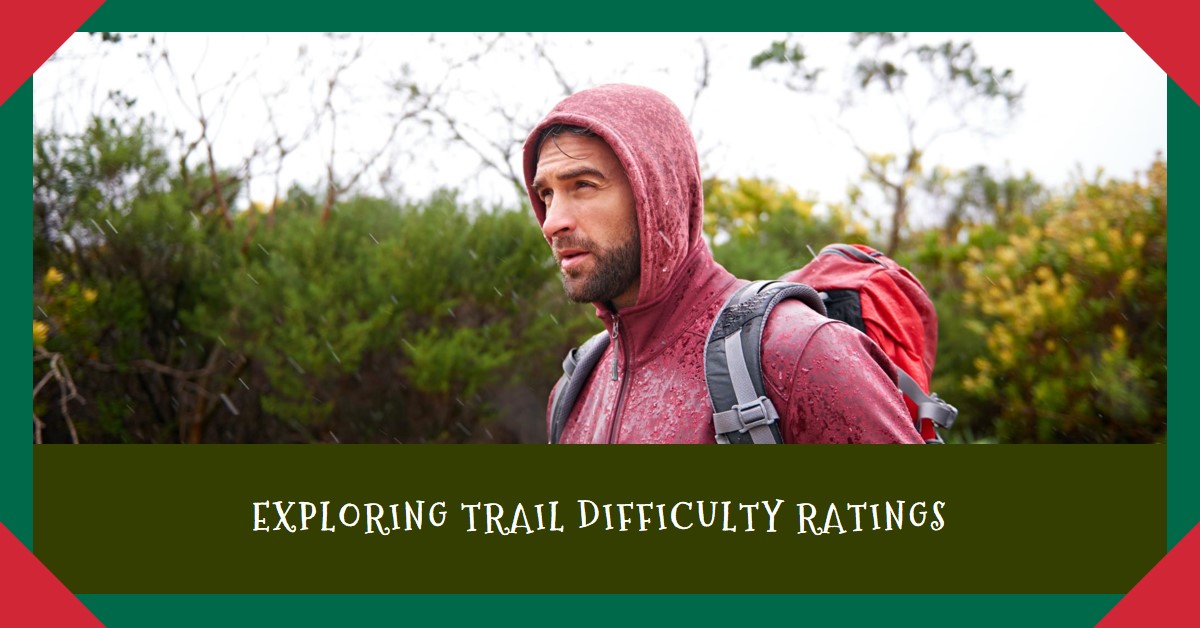
in popular hiking literature and guidebooks.
3. How are trail grades determined?
Trail grades reflect the hike’s difficulty assessment, dictated by elements such as trail trail condition, steepness of slope, variations in elevation, and the quality of the terrain. The Sierra Club Hike Rating System considers these factors, using distance, elevation change, slope, navigational complexity, and terrain to evaluate trail difficulty. This system has gained recognition and use within the hiking community.
4. What attributes are taken into account for calculating hiking trail grades?
Trail grades are calculated based on trail condition, elevation changes, steepness of ascent and descent, and terrain type. Frameworks like the Sierra Club Hike Rating System provide comprehensive criteria for assessing hiking trails, aiding hikers in determining theyre compatibility with a trail's challenges.
Mapping Your Hiking Journey: Final Thoughts
Utilizing trail ratings is pivotal in planning your hiking trips. Whether for enthusiastic beginners or seasoned trailblazers, accurate understanding and application of these ratings can greatly enhance the safety and enjoyment of your hiking excursions. However, remember that each hiker’s personal experience might differ from these ratings. Thus, it’s equally important to respect nature, do your own research, and make judgments based on personal skills and experiences. Safe travels on your next hiking adventure!
Hiking Trail Ratings Decoded: An In-Depth Look into Assessing Trail Difficulty
Trail difficulty ratings aren’t a randomly assigned series of tags. Instead, such ratings are a blend of several weighted factors, which combine to provide an initial but insightful level of difficulty. From the trail's condition and steepness of grades to environmental influences, these elements create a gauge that assists hikers in planning their trips accordingly.
Gradients and Grades: The Anatomy of Hiking Trail Ratings
When dealing with hiking trails, descriptors like 'easy', 'moderate', or 'difficult' aren't just general remarks about the effort involved. They form part of an integrated system that assesses factors like the trail's condition, steepness, changes in elevation, and terrain characteristics. However, an individual's difficulty level on a certain trail can differ greatly based on personal fitness, skills, time of year, and weather conditions.
Several organizations, like the Sierra Club, have developed their own standardized systems to tackle this. However, as helpful as it may be, no rating system is perfect due to the large number of variables involved and the inevitable subjectivity that comes into play.
Selection and Safety: The Role of Trail Ratings
Trail ratings serve more than a mere cursory glance at what lies ahead. Detailed evaluations of trail conditions, steepness, elevation changes, and obstacles play a critical role in selecting a suitable trail based on hiker's ability and fitness level. This understanding is essential when planning a getaway on a pleasant and safe trail.
Numerous systems, including the Sierra Club's widely accepted Hike Rating System, help hikers understand the difficulties of a trail. However, personal experiences can vary dramatically. THerefore, it is advisable to supplement such reviews with additional information and user reviews.
## Paths to Progress: Improved Trail Difficulty Rating System
Although the existing difficulty rating system is really practical, there is always room for improvement. Establishing more standardized criteria could pave the way for more reliable information, promoting confident decision-making among hikers.
Well-known systems, such as the Sierra Club's Hike Rating System, which takes into account trail conditions, grade, elevation changes, and obstacles, can further increase their effectiveness by including more detailed information about the trail. These advances in the interpretation of route difficulty will undoubtedly lead to better decision making among hikers.
Trail Review FAQ – Hiking Questions Answered
Navigating the different trail classification labels can seem confusing at times. Understanding how these ratings are derived and what they symbolize can be a huge help when planning and executing your hiking adventures. Have fun walking!
https://outdoorclutch.com/how-are-hiking-trails-rated/?feed_id=1956&_unique_id=6620f95bc45b2
Comments
Post a Comment